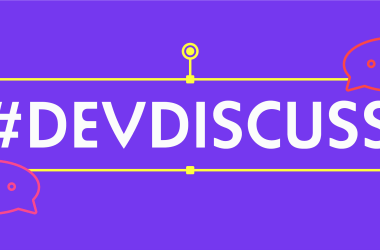React 19 introduces a variety of new features, and one of the most talked-about additions is the use() hook. This hook represents a significant step forward in React’s API, offering more flexibility and power to developers. Let’s dive into what the use() hook is and how you can leverage it in your React applications.
Understanding the use() Hook
The use() hook is a part of React’s experimental API, currently available in the Canary and experimental channels1. It allows you to read the value of a resource, such as a Promise or context, within your components or custom hooks1. Unlike traditional hooks, use() can be called within loops and conditional statements, providing greater flexibility in your code structure2.
Key Features of use()
Reading Context: It works similarly to useContext, but with the added benefit of being callable inside conditionals and loops1.
Integration with Suspense: When called with a Promise, it integrates with Suspense and error boundaries, allowing for smoother asynchronous operations1.
Flexibility: It can be used within various control flow statements without the restrictions of other hooks2.
Example Usage
Let’s look at a simple example of how you might use the use() hook to fetch data from an API and display it in a component:
import { use, Suspense } from 'react';
function FetchComponent({ dataResource }) {
const data = use(dataResource);
return (
Data Fetched
{data}
);
}
function App() {
const dataResource = fetchData(); // Assume fetchData returns a resource
return (
Loading... 




